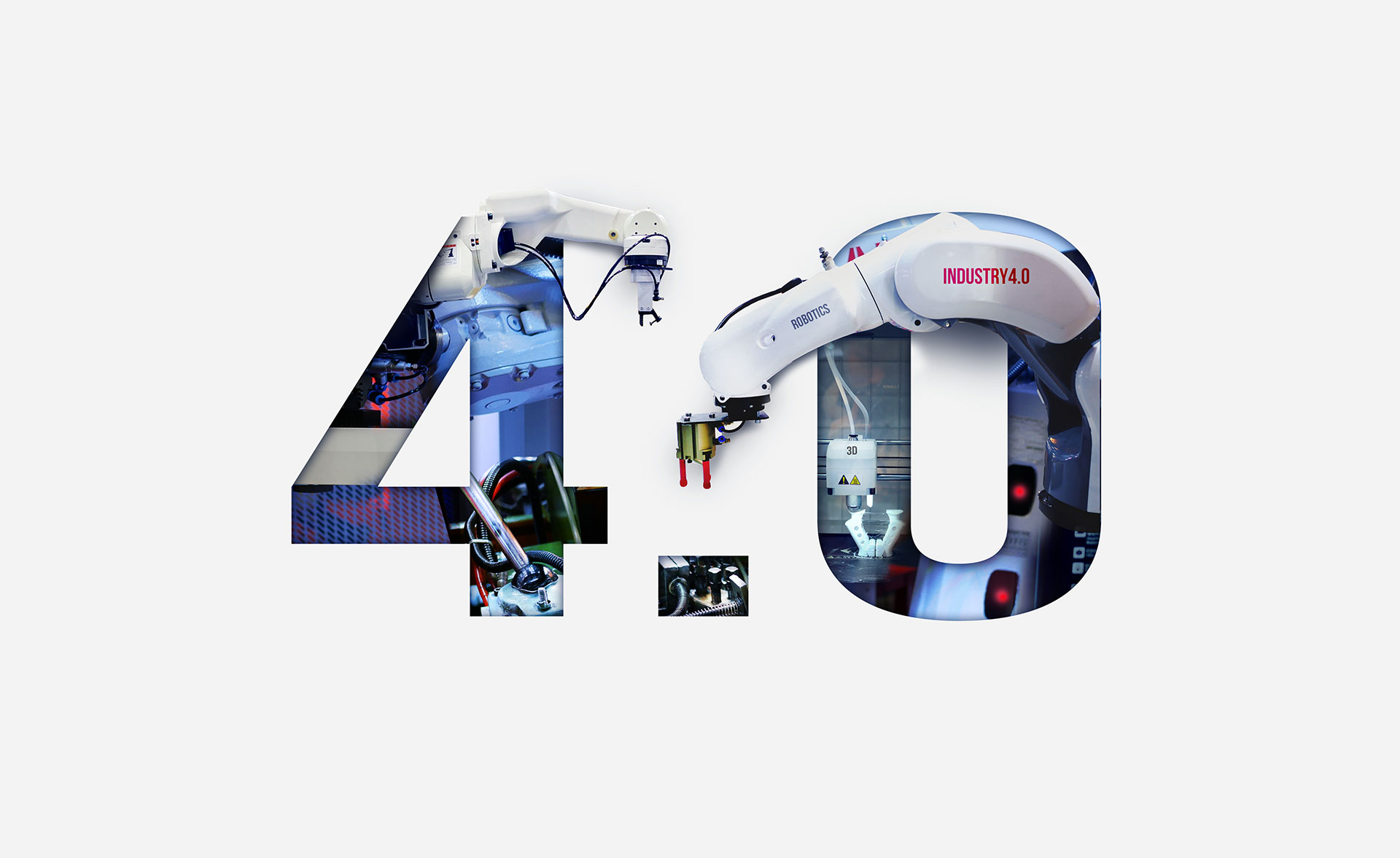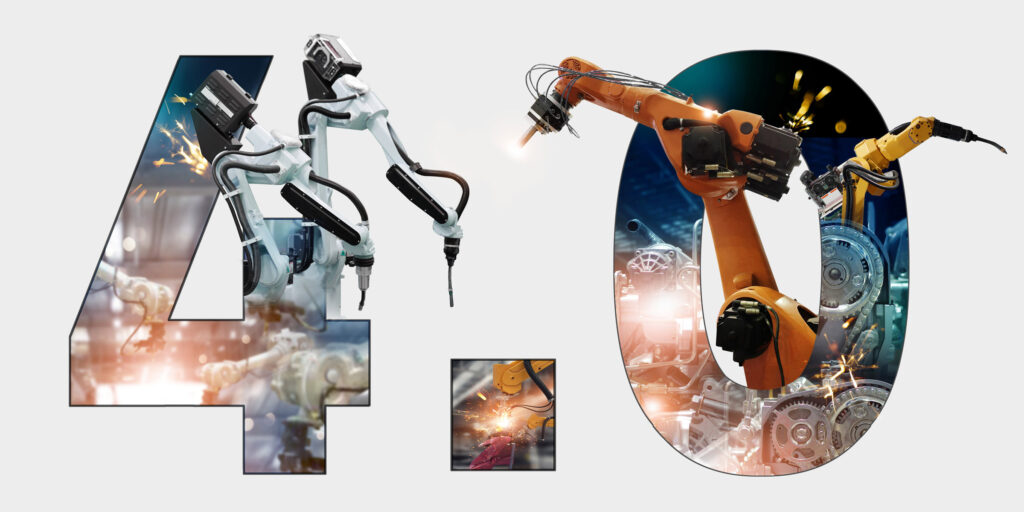Asset Performance Management (APM) is the evolution of Enterprise Asset Management (EAM), so how will this technology now be applied inside the Industry 4.0 universe to give us the Maintenance 4.0 intelligence we will need to keep running?
Companies used to just operate with equipment, plant machinery and a variety of work cubicles and desks for those people who needed to perform a sedentary job. But, as we know, business went digital and then ultimately became software-defined. This in turn has meant that contemporary firms now operate on a stream of datasets that all pertain to specific workflows inside their organisation.
In this framework, it is no longer acceptable to refer to desks as workstations, pipeline boring systems as plant machinery or offices as mere headquarters. Today, all these things are now digitally-defined assets.
Categorising the business’ working physical and virtual commodities as assets enables them to become entities not only in newer generation balance sheets, it also enables them to become working variables inside EAM systems.
A (very) brief history of EAM
Born somewhere through the evolution of databases over the last half-century, EAM systems started off life as extensions to Computerised Maintenance Management System (CMMS) solutions. But CMMS software was mostly dedicated to, well, maintenance (the clue is in the name) and a bit of regulatory compliance, so times needed to move on.
EAM practices have traditionally gravitated around managing the lifecycle of physical assets. Tasks have included inventory control, predictive maintenance, budgetary control and gateways to also include procurement of new assets where needed. Generally delivered as part of desktop software, EAM has benefitted from the evolution of visualisation technologies which can now deliver insights in dashboard form… and most of the rest is history.
But even EAM faces a point where it may be, if not superceded, then at least twinned with a higher, deeper, wider and more broadly spread level of intelligence and control inside any given organisation. This is the asset management technology proposition of our time i.e. asset managers are now being told APM is the natural evolution point for EAM.

“APM is the tool that allows manufacturers to make sense of the data, develop a more profound understanding of assets, predict and prevent failures, improve budgeting and cost control.” Kevin Price, Infor
Auto grease guns in Maintenance 4.0
Zealous EAM converts and evangelists need not hang up their boots just yet. But they must at least realise that in the era of digital business, many of our manufacturing and industrial production processes have undergone huge advances in automation. With Artificial Intelligence (AI) and Machine Learning (ML) now surfacing through the Internet of Things (IoT) in many previous analogue jobs, we have now reached the point where Maintenance 4.0 is digitalising previously manual processes.
This topic is something of a personal passion for Kevin Price. In his position as technical product evangelist and product strategist at industry-specific ERP solutions specialist Infor, Price is working with companies which are striving to deliver the ability to harness the power of data to predict asset failure. If performed successfully, this can enable organisations to automatically direct a remedial process.
As we embark upon a new digital era, accelerated by COVID-19 and underpinned by initiatives such as Industry 4.0, many experts are questioning whether EAM goes far enough? So where does Price stand?
“While the principles of EAM are absolutely valid, maintenance per se is typically a discipline confined to the factory floor, designed to monitor and optimise the management of equipment, reduce downtime and maximise productivity. But with collaboration and connectivity across the enterprise representing some of the critical shifts in 2021, strong asset performance should, and indeed must, be an enterprise-wise goal,” said Infor’s Price.
He explains how we move forward and says that in response to this shift, APM has been heralded as the next big thing in optimising asset-orientated performance, marking an end to reactive maintenance management once and for all.
Making do needs no takers
“Some businesses have been just ‘making do’ and getting by with asset management strategies that sell them short, driving up the cost of maintenance labour and materials and increasing the risk that critical assets will be offline when they’re most urgently needed. The scene has been shifting over the past several years, with EAM offering greater visibility and sophistication for maintenance operations. But in reality, making do should have no takers,” said Price.
As the notion of Industry 4.0 with all its predictive intelligence and insight delivered through new and emerging AI and ML tools is brought to bear, the key factor in this sub-space is the development of Maintenance 4.0 inside the wider realm of digital operations. For want of a definition, Maintenance 4.0 is the set of tools and strategies used to help companies optimise operations. It works by deploying the mountains of data now available to keep equipment and production lines in peak operating condition.
Price says he has worked with customers who have already embraced EAM as part of their APM evolution and are already witnessing the extent to which gains can be made. Once a system exists that has the ability to capture asset condition information streams correctly and maintain an electronic system of record, it’s hard to imagine life before it.
“APM is the tool that allows manufacturers to make sense of the data, develop a more profound understanding of assets, predict and prevent failures, improve failure management, improve budgeting and cost control – all without having to install, then try to manage and maintain multiple software operations,” said Price.
APM pulls in data that has traditionally been stored in an EAM system as well as data from a wide range of asset measurement solutions, then applies algorithms or AI and ML models to enable decision support, predictive analytics and what-if analysis. The result is improved analysis and greater automation to increase asset efficiency, manage asset reliability and sustainability, improve customer-centricity and optimise Total Cost of Ownership (TCO).

“The APM systems (and processes) that yield low hanging fruit and fast returns following investment in technology, still surprise a lot of manufacturers.” Jaco Vermuelen, BML Digital
Low hanging digital fruit
“The APM systems (and processes) that yield low hanging fruit and fast returns following investment in technology, still surprise a lot of manufacturers. One of the more sophisticated is digital-twin based asset/facilities tracking and management that uses sensors to monitor equipment and conditions,” said BML Digital CTO Jaco Vermuelen.
“This is mapped against business rules for optimal operation and when certain conditions are met, automatically generates a work order to supplier for maintenance, as well as notifying facilities managers of expected maintenance service. The same tech can automatically update accounting for the work order transaction,” he added.
All these APM processes combine to help create a work environment with much faster issue resolution, proactive repair and maintenance, better resource optimisation, reduced admin, far more effective service provider management, plus an ability to manage problems proactively.
Price summarises this thought stream by saying that as part of any practical digital transformation, tools in the asset performance field have huge potential for most businesses in the industrial sectors, but the issues of a legacy mindset and resistance to change remain.
“This is improving, but considering how quickly discrete projects such as these can yield results, many UK manufacturers could likely increase the pace and scope of change and see results fast,” concluded Price.
A company-wide APM strategy built on transparency and real-time visibility stands to translate the potential benefits of digital, Industry 4.0 and IoT into very tangible improvements for the bottom line and underpin future planning. For those already on their asset management journey, this next evolution is crucial in marking out the visionaries and future leaders.
THE FIVE COMPONENTS OF APM, by Infor
- The asset registry gives managers visibility into asset inventories and risks, tracks metadata on each device, and monitors the device’s position in the larger system as well as its current condition.
- The work history consolidates work orders, closing codes, solution codes, and more into a comprehensive portrait of an asset’s life cycle and provides a foundation for predicting future failures.
- Real-time condition data is readily available through a complex web of IoT and Industrial Internet of Things (IIoT) sensors and instrumentation. An APM system makes sense of the continuing cascade of incoming data on individual devices, parts and components, triggering alerts and work orders when pre-set tolerance limits are exceeded.
- Algorithms and modelling analytics turn data into action, allowing organisations to predict how assets will behave in real time and use AI or machine models to perform what-if analysis.
- Connectivity between an APM solution and other elements of a corporate ERP adds depth and texture to APM plans while driving actions beyond the realm of maintenance and asset management.





